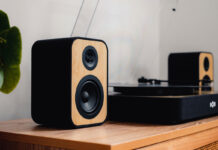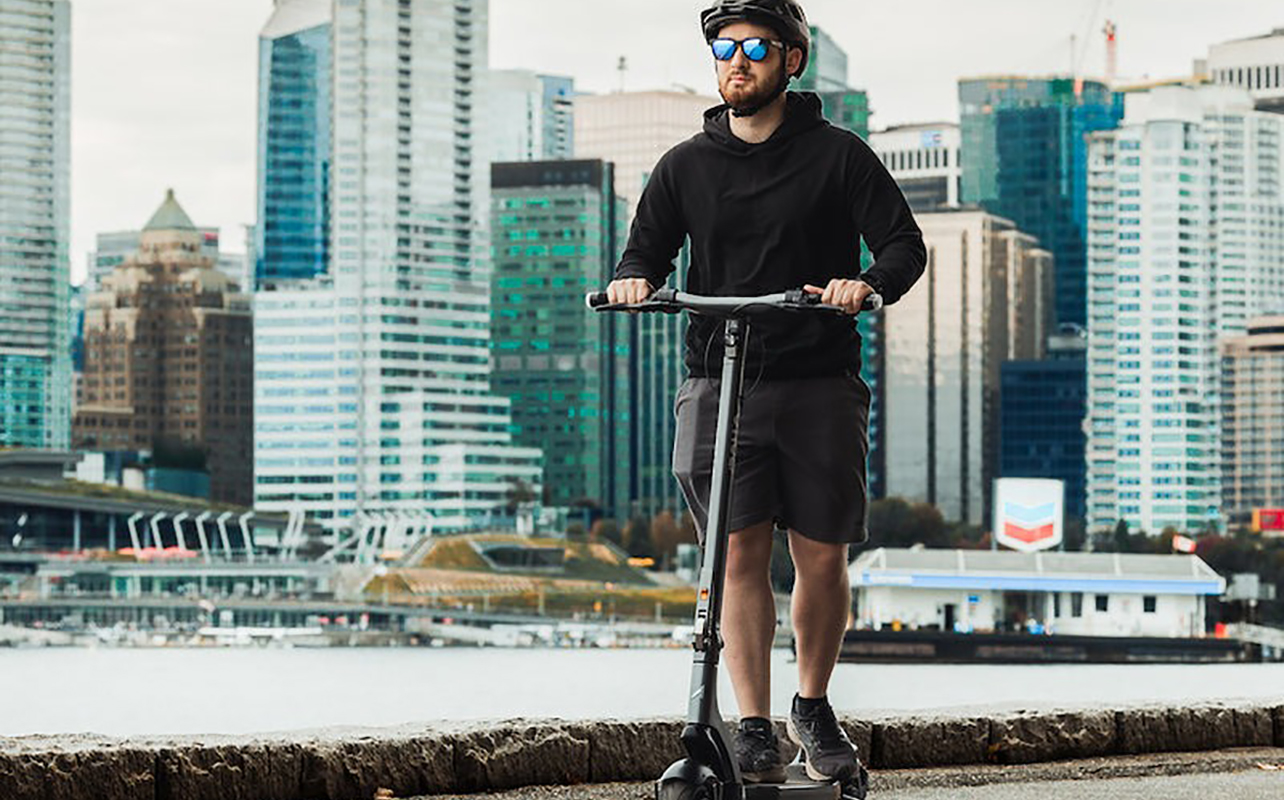
Electric scooters have quickly zoomed into popularity across Canadian cities and neighbourhoods. With their eco-friendliness, affordability, and sheer convenience, it’s no surprise they’ve become the ride of choice for commuting, errands, or just zipping around town. But as with any mode of transport, it’s essential to understand the risks and how to protect yourself while riding. Whether you’re brand new to the world of e-scooters or a seasoned commuter, safety should always be your number one priority. A surprising number of accidents involve simple missteps that could have been easily avoided. With the right gear, good habits, and a solid understanding of how your scooter works, you can enjoy a smooth and confident ride every time.
In this guide, we’ll walk through practical and proven electric scooter safety tips, from how to ride an electric scooter safely to what gear you need and how to charge your scooter correctly. Let’s make sure you’re set up for success on every ride.
Why electric scooter safety matters

As electric scooters grow in popularity, so do the incidents involving them. According to several public health studies and transportation agencies, the most common e-scooter injuries include fractures, head trauma, and abrasions. Many of these injuries are caused by falls, collisions with vehicles or pedestrians, and loss of control. They are often tied to speed, poor visibility, or a lack of protective gear, all preventable issues.
In Canada, certain provinces require riders to follow specific rules when operating electric scooters, including helmet laws, speed limits, and designated scooter lanes. Violating these rules doesn’t just pose a danger to yourself and others—it can lead to fines, confiscated scooters, or even legal action.
Practicing safe habits doesn’t just help you stay within the law, it also prolongs the life of your scooter. It reduces wear on your battery and motor, and ensures that you’re not sidelined with an injury. From everyday riders to occasional cruisers, adopting safety as a top priority benefits everyone on the road.
Must-have safety gear for every e-scooter rider
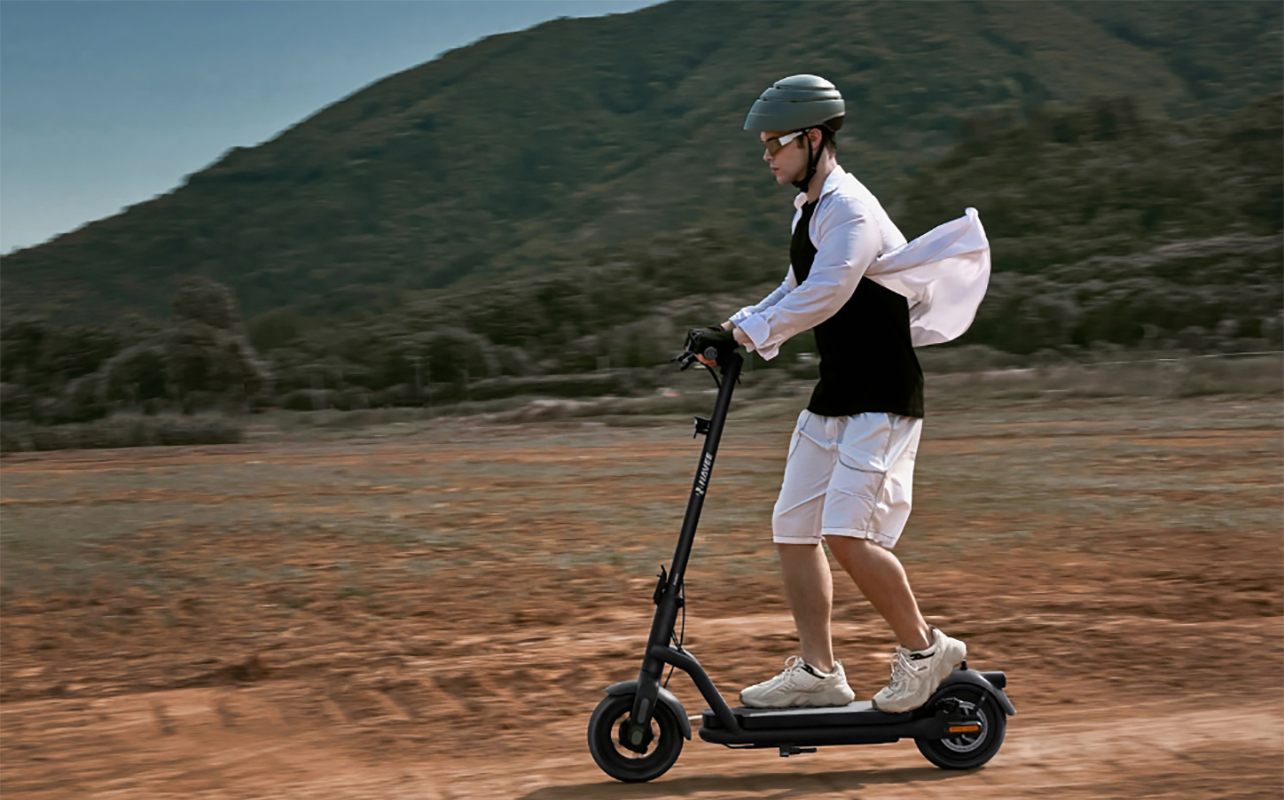
Riding an electric scooter without the proper safety gear is like biking without brakes. You’re taking a huge risk. Whether you’re commuting through downtown traffic or coasting along quiet neighbourhood streets, protective equipment plays a critical role in preventing serious injuries. Let’s break down the gear that should always be part of your ride.
Helmet: your top priority
When it comes to protecting yourself on a ride, safety gear is non-negotiable. The most essential piece of equipment is the helmet. Look for a DOT-certified model or one featuring MIPS (Multi-directional Impact Protection System) technology. These helmets offer advanced protection for your brain in the event of an impact. They are often lightweight and well-ventilated for comfort. The helmet should cover the full face and include a chin strap. These are typically the same helmets you’d wear with a bicycle as well.
Gloves: better grip, better protection
Next up are gloves. Not only do they improve your grip on the handlebars, but they also protect your hands if you fall. Opt for gloves designed with reinforced knuckles and padded palms. These are features that are especially helpful during cold or wet weather as well.
Knee and elbow pads: protect the joints
Knee and elbow pads are often overlooked but can prevent painful scrapes and more serious joint injuries. Look for sets that use impact-resistant materials and adjustable straps to ensure a snug, comfortable fit. While elbow and knee pads are useful for any rider, they are especially crucial for new riders just learning the ropes as well as young riders.
Visibility gear: be seen, be safe
Visibility is another key element of safe riding, especially during early mornings or late evenings. Reflective vests, jackets, and helmet stickers are affordable and effective. Most importantly, make sure your scooter is equipped with a front headlight and rear brake light. If not, you can purchase attachable LED lights that make you easier to see from all angles. Some provinces and municipalities require that an electric scooter has lights, especially if you’re riding in the early morning hours and late at night or on busy streets or in a bike path.
How to ride an electric scooter safely

Pre-ride checklist
Before every ride, take a few moments to run through a pre-ride checklist to make sure your scooter is ready and safe:
- Tire pressure: Ensure your tires are inflated to the recommended PSI for better control and shock absorption. This will ensure stability as well.
- Brakes: Test both front and rear brakes to confirm they’re working smoothly and without delay.
- Battery level: Check that your battery is sufficiently charged for the duration of your planned ride.
- Lights and reflectors: Verify that your headlight, taillight, and any reflectors are clean and functioning properly. This is especially important if you plan to ride in low-light conditions.
- Handlebar and controls: Ensure the handlebar is tight and controls like throttle and brake levers are responsive. Adjust its height as well so it’s ideal for a comfortable ride.
- Loose parts: Inspect the frame, folding mechanisms, and kickstand for any loose screws or signs of wear.
This quick checklist only takes a minute or two and can save you from unexpected problems mid-ride.
Correct riding posture
Riding posture plays a significant role in control and comfort. Place your dominant foot forward and the other at the back for balance. Keep your knees slightly bent and your arms relaxed, allowing you to better absorb shocks from bumps or uneven roads. Your grip should be firm but not tense.
Braking techniques
When braking, always try to anticipate your stops and begin slowing down in advance. The safest technique is to start with the rear brake to reduce your speed smoothly, then gently apply the front brake for more stopping power. Avoid slamming both brakes at once. This can cause the wheels to lock up, making you lose control. On wet or uneven surfaces, the risk of skidding increases, so it’s essential to brake gradually. Practicing your braking technique in a safe, open space can help you learn the right pressure to apply based on your speed and terrain. The more comfortable you are with braking mechanics, the more confidently you’ll respond in real-world riding situations.
Riding on different terrains
Different terrains demand different riding techniques, and adjusting your approach can significantly improve your comfort and control. On smooth pavement, maintain a neutral stance and keep your eyes scanning ahead for unexpected obstacles. When crossing over bumps or cracks, shift your weight slightly back to reduce pressure on the front wheel and keep your arms flexible to absorb the impact. For wet or slippery roads, ride more cautiously. Reduce your speed, avoid sudden turns, and avoid painted lane markings which can become slick. Gravel or loose surfaces can feel unstable, so keep both feet firmly planted on the deck and your body relaxed to adjust to minor shifts. When riding uphill, lean slightly forward and apply consistent throttle to prevent stalling. Conversely, on steep downhills, use controlled braking and resist the urge to coast too fast.
Road safety & traffic awareness

Riding an electric scooter in traffic requires the same level of attentiveness you’d use when cycling or driving. It’s not just about protecting yourself, it’s also about being aware of your surroundings and sharing the road responsibly with others. Staying road smart means anticipating risks and responding confidently.
Electric scooters are subject to the same traffic laws as bicycles in many areas. That means obeying stop signs, red lights, and lane markings. Stick to bike lanes when available and avoid sidewalks unless explicitly allowed.
When interacting with other vehicles or pedestrians, visibility is key. Always ride in a predictable, straight line and avoid weaving between cars. Make eye contact at intersections and use hand signals when turning or changing lanes. If your scooter has turn signals, make sure they’re functioning correctly.
Distracted riding is one of the leading causes of accidents. Never ride with headphones, and absolutely avoid texting or using your phone while on the move. Stay alert to your surroundings, especially in crowded urban environments or during heavy traffic.
Electric scooter battery safety
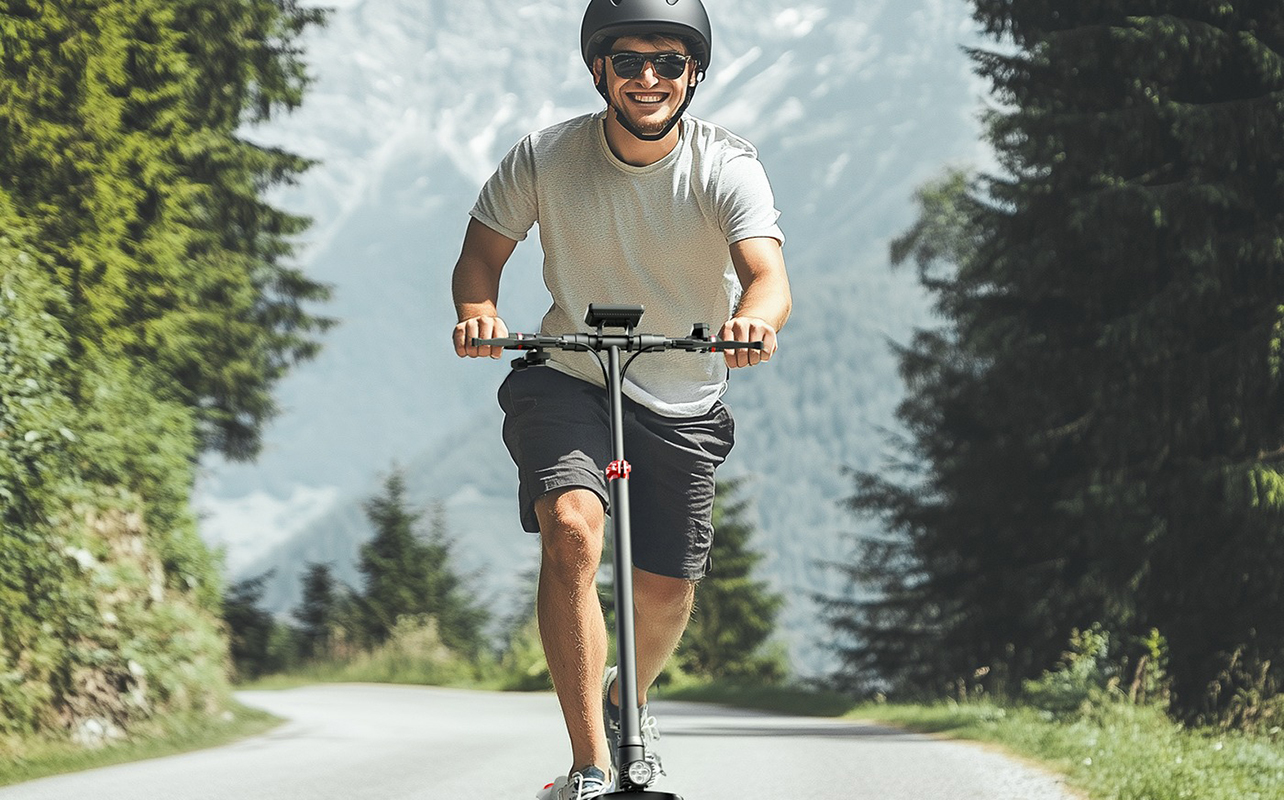
Taking care of your scooter’s battery isn’t just about long-term performance, it’s also a safety issue. Damaged or mishandled batteries can overheat or even catch fire. That’s why following electric scooter battery safety guidelines is essential.
The table below outlines some key charging do’s and don’ts to keep your battery safe:
| Charging Dos | Charging Don’ts |
|---|---|
| Use the charger provided by the manufacturer | Don’t use generic or mismatched chargers |
| Charge in a cool, dry place | Don’t charge near flammable materials |
| Unplug after full charge is reached | Don’t leave it charging overnight or unattended |
| Check the charger and port for damage before plugging in | Don’t use a damaged charger or port |
Safe storage is just as important. Keep your e-scooter in a cool, dry environment, away from direct sunlight or moisture. If you won’t be using it for a while, partially charge the battery and check it periodically to avoid deep discharge.
Be aware of warning signs like swelling, overheating, or a burning smell. These can indicate serious battery issues. If you notice any of these symptoms, stop using the scooter immediately and contact the manufacturer or a certified technician.
Common mistakes to avoid
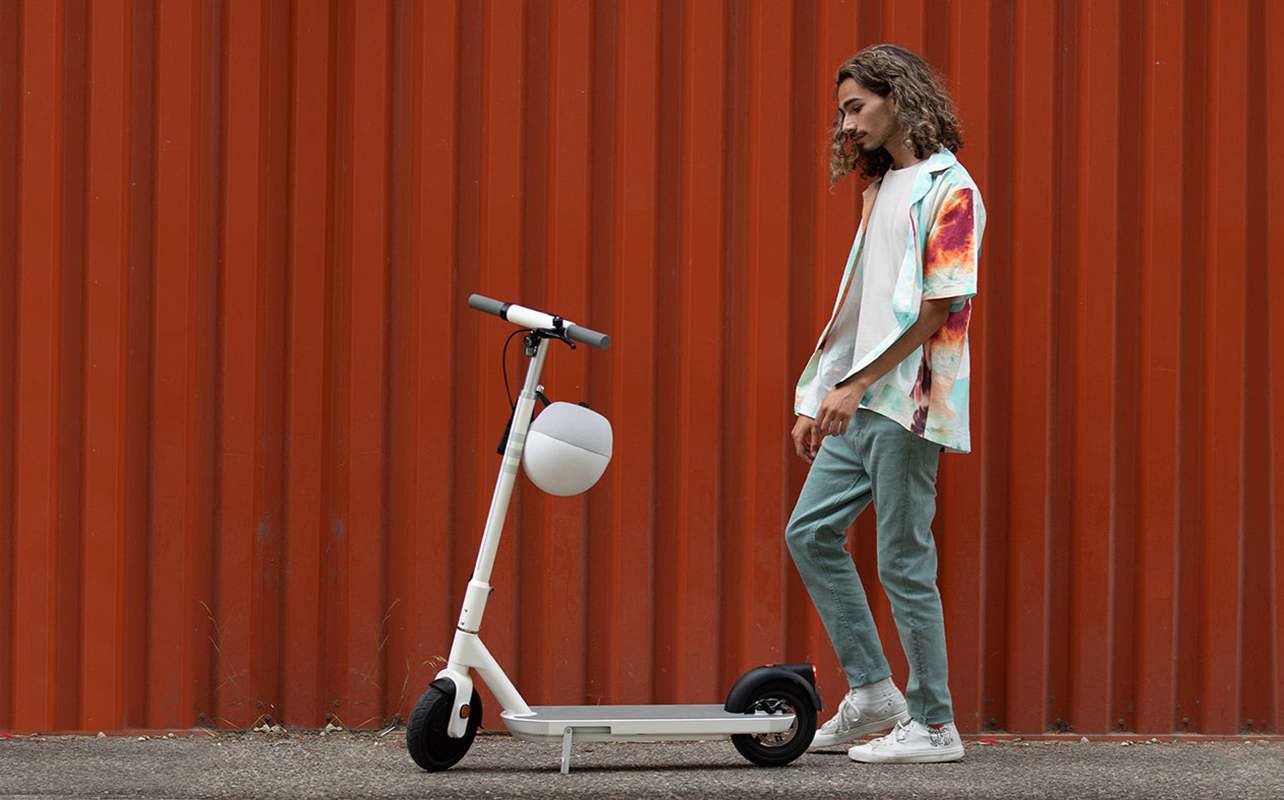
Even the most well-meaning riders can make errors that put them at risk. Whether it’s overestimating your scooter’s ability, underestimating road conditions, or just forgetting your gear, small oversights can lead to big consequences. Understanding what not to do is just as important as knowing the best practices.
It’s easy to get caught up in the fun of riding and overlook basic precautions. One of the most common errors is riding too fast in areas crowded with pedestrians or cars. Even a low-speed collision can result in injury to you or others.
Skipping protective gear is another risky habit. Even if you’re just going for a short ride, not wearing a helmet or pads can make a big difference in the severity of an accident. It only takes one unexpected fall to wish you’d geared up.
Ignoring your surroundings, especially road conditions, is another mistake. Wet leaves, potholes, or loose gravel can all be hazardous if you’re not paying attention. Always scan the road ahead and adjust your speed accordingly.
Finally, never ride an electric scooter under the influence of alcohol or drugs. Just like driving a car, impaired riding reduces your reaction time, balance, and judgment. It puts you and everyone around you at serious risk.
Final thoughts on safe riding
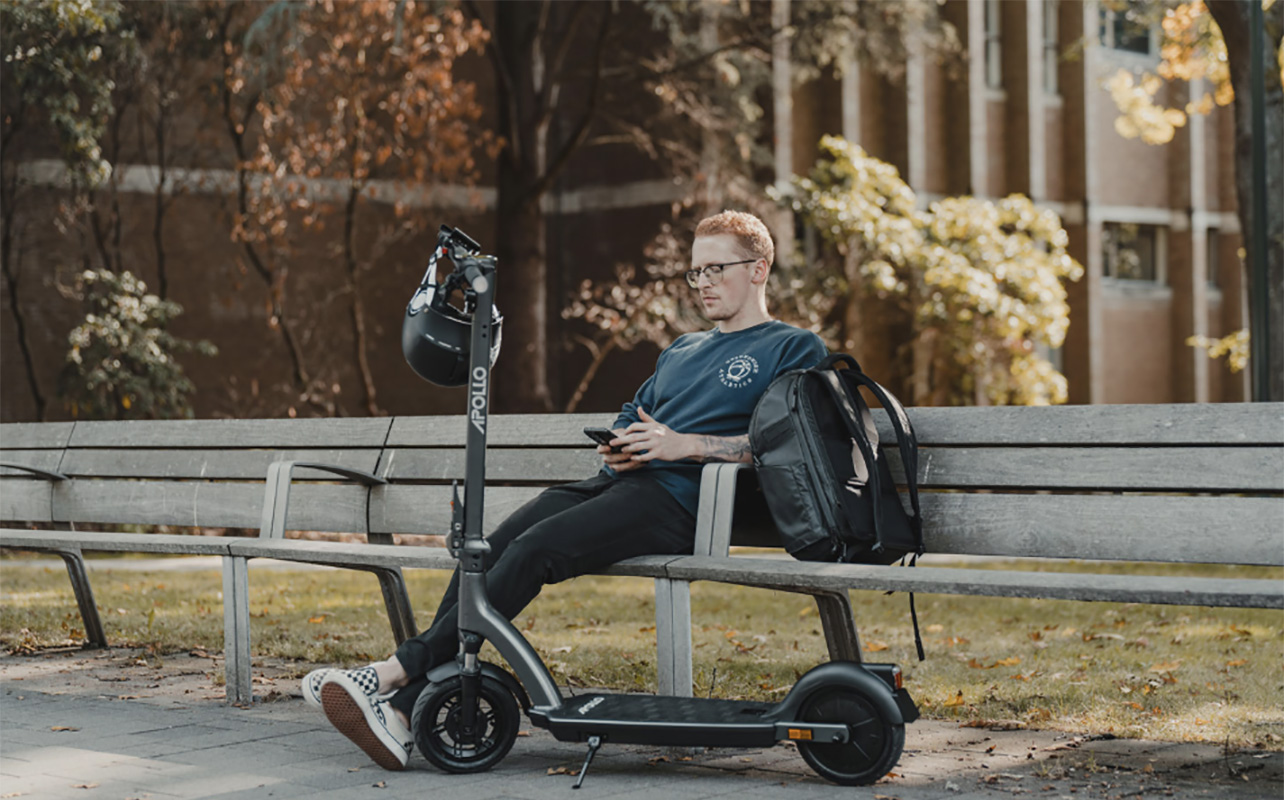
Electric scooters offer a fun and flexible way to travel, but only if you treat safety as a top priority. From choosing the safest e-scooter to learning how to ride an electric scooter safely, every decision you make contributes to a safer, more enjoyable ride. Whether you’re commuting to work, heading to class, or just out for a joyride, following these electric scooter safety tips will help you ride smart and stay protected.
Ready to gear up? Explore our collection of recommended safety gear and top-rated electric scooters to find the best safe electric scooter for your lifestyle. Read through our electric scooter buying guide as well to help you choose the right one to meet your needs.
Frequently asked questions (FAQs)

What is the safest type of electric scooter for adults?
The safest scooters for adults typically feature reliable braking systems, large air-filled tires for better shock absorption, front and rear lighting, and solid frame construction. Look for models with certifications for battery safety and stability, especially if you plan on commuting daily. Some of the best safe electric scooter options include those with dual braking systems and built-in safety features like automatic lights and warning indicators.
How can I tell if an electric scooter is road safe?
A road safe electric scooter will comply with local regulations. This often includes speed limits, lighting requirements, and maximum power ratings. In Canada, this can vary by province and even municipality, so check your local laws. Generally, your scooter should have working front and rear lights, reflectors, a bell or horn, and a clear label showing compliance with provincial transport standards.
Are electric scooters safe to use in the rain?
While some electric scooters are water-resistant, many are not fully waterproof. Light rain might not pose a problem if your scooter has a proper IP rating (IP54 or higher), but slippery roads can be dangerous. Always reduce your speed, avoid puddles, and be cautious on wet surfaces. Visibility also becomes an issue, so wear reflective gear and use bright lights.
What are some electric scooter battery safety tips?
Always use the manufacturer-provided charger and never overcharge your scooter. Charge your scooter in a cool, dry place, away from flammable materials. Avoid using third-party or incompatible chargers. Be on the lookout for battery warning signs like swelling, overheating, or unusual smells. These could indicate a risk and require immediate attention. For more guidance, see our section on electric scooter battery safety.
Can children use adult electric scooters safely?
Adult electric scooters are not designed for children. They can reach high speeds and require a certain level of physical control and awareness. Children should only use scooters specifically designed for their age group, ideally under supervision and with all necessary protective gear. Using a safe electric scooter that fits their size and skill level is key to preventing injuries.
What’s the difference between electric scooters and electric bikes?
Electric scooters and electric bicycles work in much the same way, provided added electric power to complement manual operation. But electric bicycles are designed like standard bicycles with a seat, two wheels, and a handlebar while electric scooters have two wheels, a tall handlebar, and a platform for standing. You can learn more about electric scooters vs. electric bikes and how they compare in our article on the topic.
This article was drafted using AI technology and then reviewed, fact-checked, and revised by a member of our editorial team.





